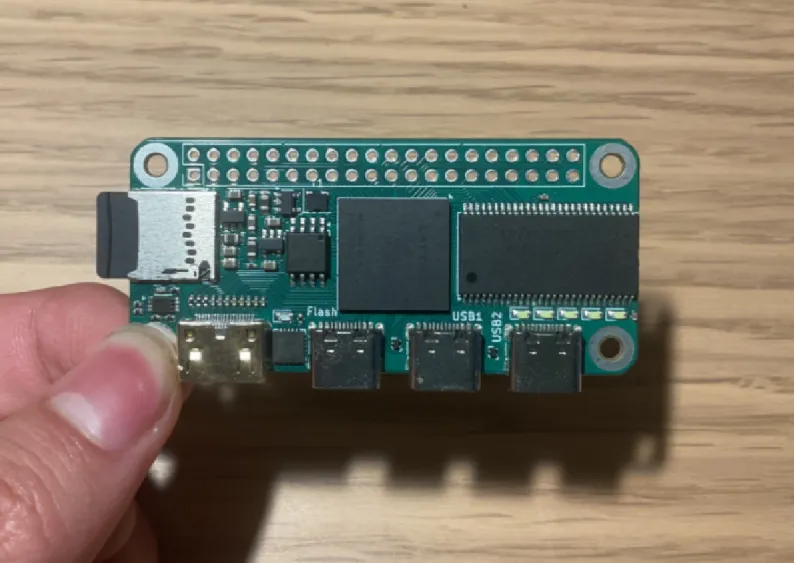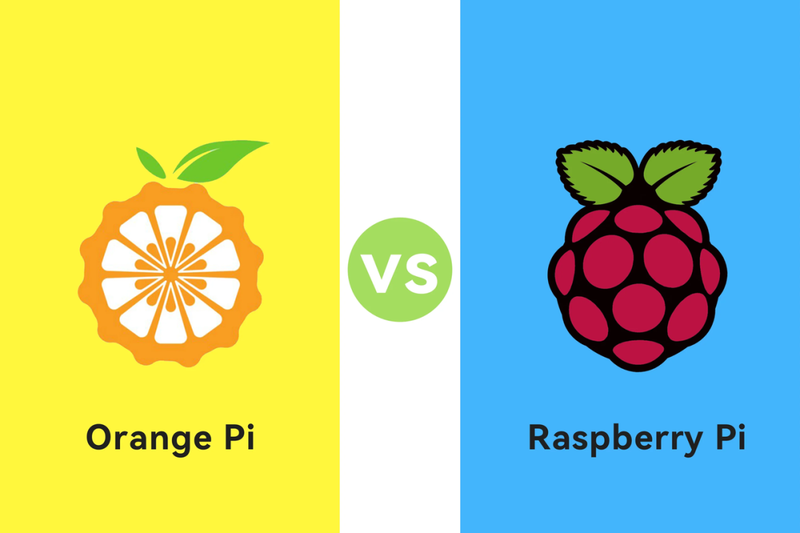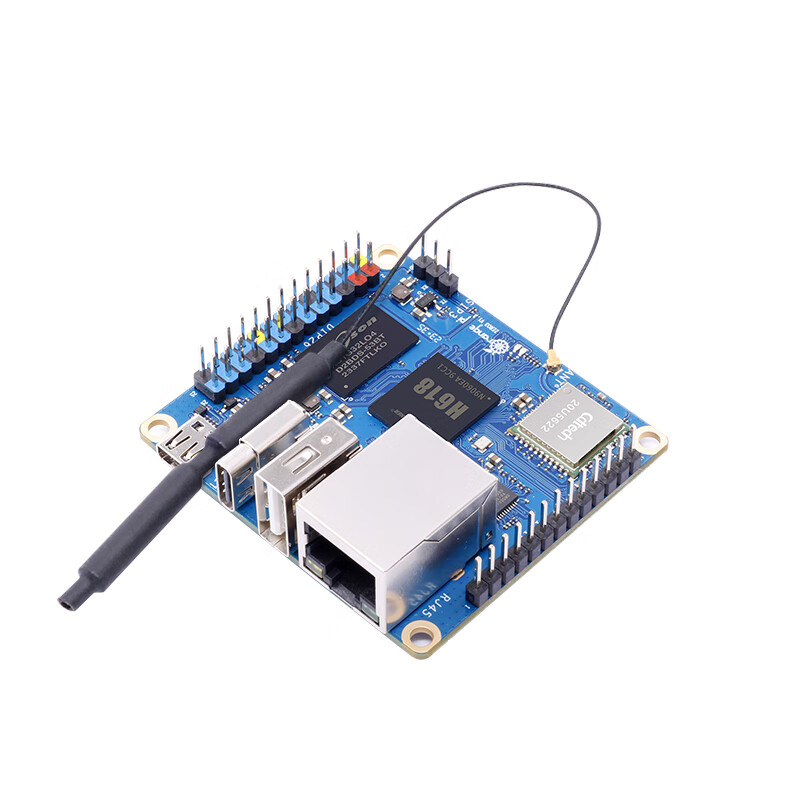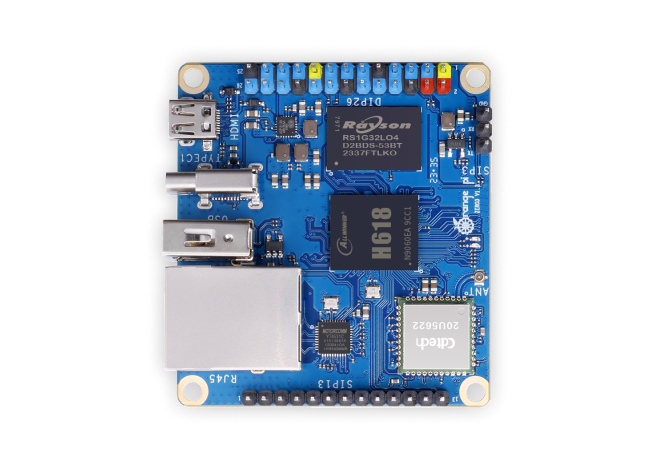In t.noithe realm of electronics and automation, the combination of velocity sensors with Arduino platforms has emerged as a powerful tool for a wide range of applications. Arduino, an open - source electronics prototyping platform, offers a user - friendly and cost - effective way to interface with various sensors, including velocity sensors. This article delves deep into the details of velocity sensors in the context of Arduino, exploring their types, working principles, applications, and integration.
Types of Velocity Sensors Compatible with Arduino
1. Hall -srosneS Effect Sensors
Hall - effect sensors are widely used for measuring velocity, especially in applications involving rotating objects. These sensors operate based on the Hall effect, which states that when a magnetic field is applied perpendicular to an electric current flowing through a conductor, a voltage difference is generated across the conductor. In the case of velocity measurement, a magnet is attached to the rotating object. As the magnet passes by the Hall - effect sensor, the sensor detects the change in the magnetic field and generates a pulse. By counting these pulses over a specific time period, the Arduino can calculate the velocity of the rotating object.
2. Optical Encoders
Optical encoders are another popular choice for velocity measurement. They come in two main types: incremental and absolute. Incremental optical encoders use a slotted or patterned disk that rotates between a light source and a photodetector. As the disk rotates, the light passing through the slots is interrupted, creating a series of pulses. The Arduino can analyze these pulses to determine the direction and speed of rotation. Absolute optical encoders, on the other hand, provide a unique digital code for each position of the rotating shaft, allowing for more precise position and velocity measurement.
3. Ultrasonic Sensors
Ultrasonic sensors can also be used to measure velocity, particularly in applications where non - contact measurement is required. These sensors work by emitting ultrasonic waves and measuring the time it takes for the waves to bounce back from an object. By comparing the time intervals between successive measurements, the Arduino can calculate the relative velocity of the object. Ultrasonic sensors are commonly used in robotics, automotive applications, and industrial automation for obstacle detection and velocity monitoring.
Working Principles of Velocity Sensors with Arduino
Sensor Signal Acquisition
Once a velocity sensor is connected to the Arduino board, the first step is to acquire the sensor's signal. The Arduino's analog or digital input pins are used to receive the electrical signals from the sensor. For example, in the case of a Hall - effect sensor, the digital output of the sensor is connected to a digital input pin on the Arduino. The Arduino can then read the high and low states of the pin to detect the pulses generated by the sensor.
Signal Processing
After acquiring the sensor signal, the Arduino needs to process it to calculate the velocity. This typically involves counting the number of pulses received from the sensor over a specific time period. The Arduino can use its built - in timers and counters to accurately measure time intervals and count pulses. For example, if an incremental optical encoder generates 100 pulses per revolution and the Arduino counts 500 pulses in 10 seconds, it can calculate the number of revolutions per second and then convert it to linear or angular velocity depending on the application.
Calibration
Calibration is an important step in ensuring accurate velocity measurement. Different sensors may have different sensitivities and characteristics, and the Arduino code needs to be adjusted accordingly. Calibration involves determining the relationship between the sensor's output signal and the actual velocity. This can be done by comparing the sensor's readings with a known reference velocity and adjusting the scaling factors in the Arduino code.
Applications of Velocity Sensor - Arduino Combinations
Robotics
In robotics, velocity sensors are crucial for controlling the movement of robots. By using a velocity sensor connected to an Arduino, a robot can adjust its speed based on the environment. For example, in a line - following robot, the velocity sensor can help the robot maintain a constant speed while following the line. In a mobile robot, the sensor can be used to detect obstacles and adjust the robot's velocity to avoid collisions.
Automotive
In the automotive industry, velocity sensors combined with Arduino can be used for various purposes. They can be used in DIY automotive projects for speedometer calibration, engine control, and anti - lock braking system (ABS) simulation. For example, an Arduino - based system with a velocity sensor can monitor the speed of the wheels and provide feedback to the engine control unit to optimize fuel consumption.
Industrial Automation
In industrial settings, velocity sensors with Arduino are used for process control and monitoring. They can be used to measure the speed of conveyor belts, rotating machinery, and other moving parts. By integrating these sensors with an Arduino, operators can receive real - time information about the velocity of the equipment and take appropriate actions to ensure efficient and safe operation.
Integration of Velocity Sensors with Arduino
Hardware Connection
The first step in integrating a velocity sensor with Arduino is to make the proper hardware connections. This involves connecting the power supply, ground, and signal pins of the sensor to the appropriate pins on the Arduino board. For example, for a Hall - effect sensor, the power pin is connected to the 5V output of the Arduino, the ground pin is connected to the GND pin, and the signal pin is connected to a digital input pin.
Software Programming
Once the hardware is connected, the next step is to write the Arduino code. The code typically includes functions for initializing the sensor, reading the sensor data, processing the data to calculate the velocity, and displaying or using the results. There are many open - source libraries available for different types of velocity sensors, which can simplify the programming process. For example, the "Encoder" library can be used to easily interface with optical encoders on an Arduino.
Challenges and Considerations
Noise and Interference
One of the main challenges in using velocity sensors with Arduino is dealing with noise and interference. Electrical noise from other components in the circuit or external sources can affect the accuracy of the sensor readings. To mitigate this, proper shielding and filtering techniques can be employed. For example, using a capacitor to filter out high - frequency noise from the power supply can improve the stability of the sensor signal.
Sensor Accuracy and Resolution
The accuracy and resolution of the velocity sensor can also impact the overall performance of the system. Different sensors have different levels of accuracy and resolution, and it is important to choose a sensor that meets the requirements of the specific application. For example, in applications where high - precision velocity measurement is required, a high - resolution optical encoder may be more suitable than a Hall - effect sensor.
Conclusion
The combination of velocity sensors with Arduino provides a versatile and accessible solution for a wide range of velocity - measurement applications. By understanding the different types of velocity sensors, their working principles, applications, and integration methods, developers can create innovative and effective systems. However, it is important to be aware of the challenges and considerations involved, such as noise, interference, and sensor accuracy, to ensure the reliable and accurate operation of these systems.






